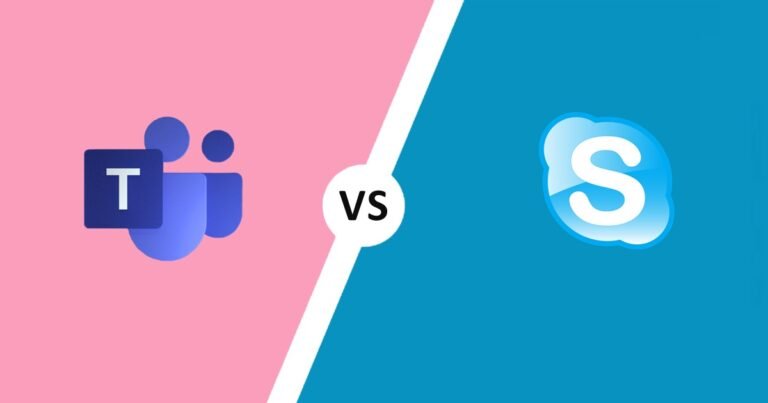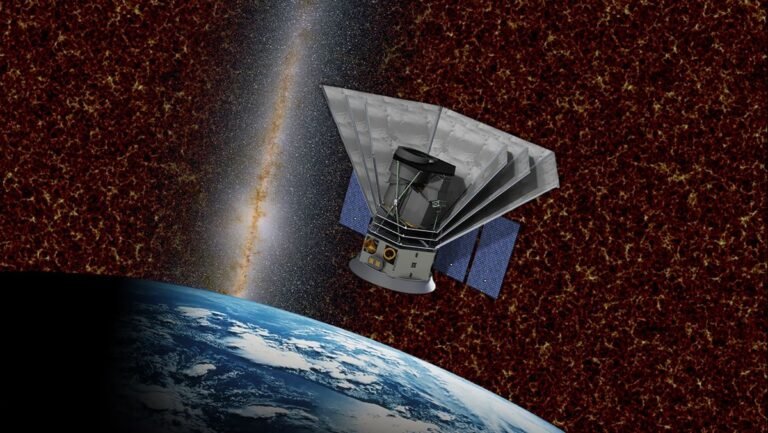AI Gets Smarter and Greener by Mimicking the Human Brain!
Artificial Intelligence (AI) is transforming industries with its ability to solve complex problems and analyze data faster than any human can. However, these advancements come at a high cost—massive energy consumption. While the human brain is an extraordinary machine, it uses only a fraction of the energy compared to current AI systems. But researchers at Texas A&M University are developing a groundbreaking approach to AI that mimics how the brain works. This new approach could change the way AI functions and lead to a more sustainable future for technology.
The Energy Problem in Today’s AI Systems
Modern AI systems, including those behind technologies like OpenAI and ChatGPT, require enormous computing power. These systems rely on vast data centers to perform their calculations, and these data centers consume electricity at a staggering rate.

As Dr. Suin Yi, an assistant professor at Texas A&M University, explains, “These data centers are consuming power in gigawatts, whereas our brain consumes only 20 watts. That’s one billion watts compared to just 20.” This disparity in energy consumption raises major concerns about the sustainability of current AI systems. While AI has immense potential, the environmental and economic costs of powering these systems are growing.
Learning from Nature: The Human Brain
To tackle this challenge, Dr. Yi and his team looked to the human brain for inspiration. In the brain, learning and memory are deeply integrated. Neurons form connections called “synapses” that transmit signals. Through a process known as synaptic plasticity, these connections are strengthened or weakened based on activity, allowing the brain to learn and store information efficiently.
Current AI systems, however, treat learning and memory as separate processes, requiring large amounts of data to be constantly moved between different parts of the hardware. This creates inefficiencies and increases energy consumption. To solve this, Yi’s team has developed a new type of AI called Super-Turing AI, which integrates these processes instead of separating them.

Super-Turing AI: Bridging the Efficiency Gap
Super-Turing AI brings a revolutionary shift in how AI operates. Rather than using traditional methods, like backpropagation (a technique to adjust neural networks during training), Super-Turing AI draws from biological principles like Hebbian learning and spike-timing-dependent plasticity. These principles, inspired by the way neurons in the brain learn, allow AI systems to strengthen connections in a more energy-efficient manner.
In simple terms, Hebbian learning can be described as “cells that fire together, wire together.” This means that AI systems, like the human brain, can form stronger connections between elements based on activity patterns. By mimicking these biological processes, Super-Turing AI can perform tasks faster, with fewer resources, and using less energy.
A Real-World Test: AI on the Move
In one test, a circuit designed with Super-Turing AI allowed a drone to navigate through a complex environment without any prior training. Unlike traditional AI, which would require large datasets and extensive training, this new approach enabled the drone to learn and adapt in real-time. Not only was the drone more efficient, but it also consumed less energy.

This test highlights the potential of Super-Turing AI to revolutionize industries by making AI faster, smarter, and more sustainable.
The Future of AI: Sustainable and Smart
As AI continues to grow, the need for more energy-efficient systems becomes increasingly urgent. Tech companies are already racing to create larger, more powerful AI models, but these efforts often come with substantial energy and hardware requirements. As Dr. Yi points out, “Many people say AI is just a software thing, but without computing hardware, AI cannot exist.”
The development of Super-Turing AI could be the solution to these challenges. By rethinking the way AI operates, we can address both the energy consumption and hardware limitations that have been holding back progress.

Conclusion: Shaping the Future of AI
Super-Turing AI is a game-changer. By using principles from the human brain, researchers have created an AI system that requires less power and can still perform at high levels. As the world faces growing environmental concerns, Super-Turing AI offers a sustainable alternative to current AI systems.
Dr. Yi’s vision for the future is clear: “Modern AI like ChatGPT is awesome, but it’s too expensive. We’re going to make sustainable AI.” This new approach has the potential to transform AI, making it not only more powerful but also more environmentally friendly and cost-effective.
In the years to come, Super-Turing AI could reshape how AI is built and used, ensuring that its advancement benefits both people and the planet.







